Introduction
Welcome to the world of mango drying—a process that turns fresh, ripe mangoes into chewy delights. From orchard to snack bowl, we'll uncover the secrets of making your own healthy and delicious dried mango slices.
Picture the sweetness of ripe mangoes, chosen for their peak flavor. Learn how to dry mangoes for a tropical flavor experience that's both convenient and a healthier snacking option.
Dried mangoes are more than a snack; they're a revelation. Discover a natural sweetness without added sugar, opening doors to culinary creativity. Make your own dried mangoes for a pure, unadulterated treat.
Join the mango drying revolution—take control of your food quality. No mystery ingredients, just the goodness of ripe mangoes in your hands. Ready to unlock the secrets of mango drying? Let's get started!
Types of Mangoes for Dehydration
Choosing the right mango variety is key to successful dehydration. Opt for ripe mangoes, preferably Ataulfo or Kent, known for their sweetness and ideal texture. These varieties, 3/13–25, provide the perfect balance for dried mango slices, 1/10–28, ensuring a chewy texture and delicious flavor.
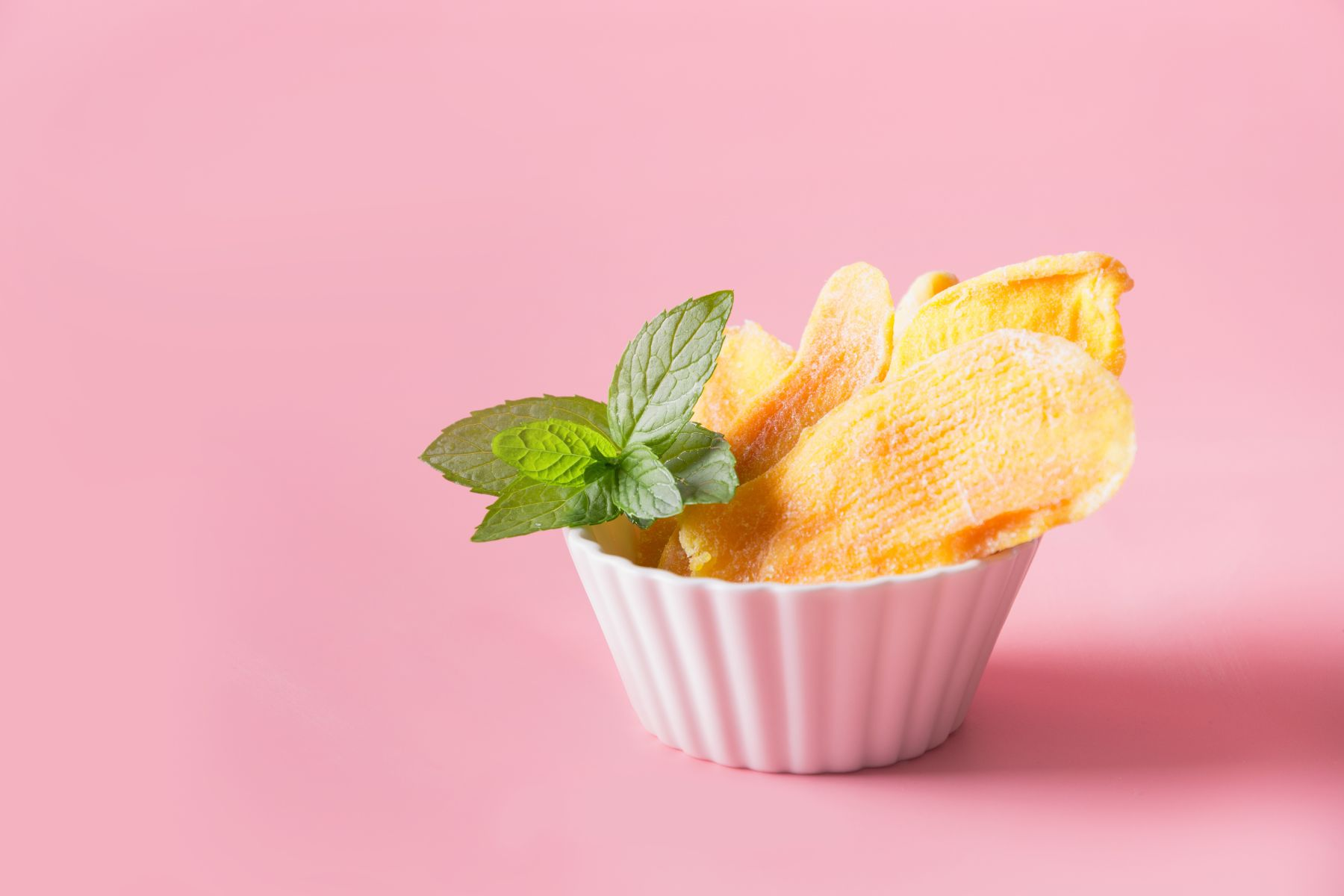
Ripe Mangoes: The Dehydration Stars
Ripe mangoes, 0/2–3, are the stars of the dehydration process. Aim for Ataulfo or Kent mangoes, 5/16–33, and follow the 0/2–6 steps to ensure optimal results. The natural sweetness of ripe mangoes, 0/5–12, enhances the flavor of dried mangoes, 2/2–6, making them an irresistible treat.
Ideal Characteristics for Dehydration
Look for mangoes that are 1/2–6, indicating they're at their peak ripeness. This guarantees the best flavor and nutritional value in your dried mangoes. Dehydrating mangoes, 0/1–2, is a breeze when you start with the right fruit—providing a tropical flavor that elevates your snacking experience.
Prepping and Pre-Treating Mangoes
Preparing mangoes for dehydration is a crucial step to ensure optimal results. Whether using fresh or frozen mangoes, follow these steps for perfect dried mango slices, 1/6–25.
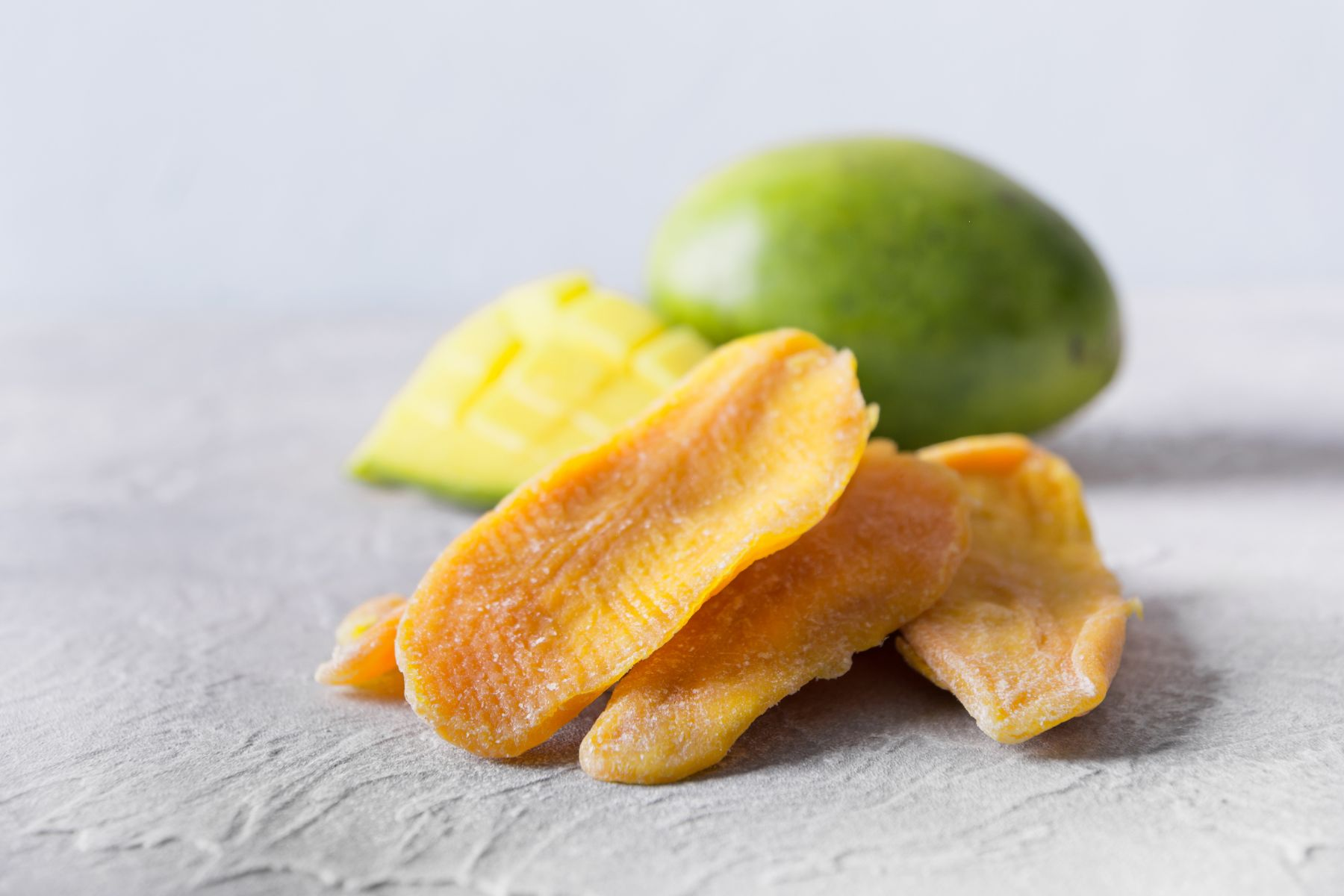
For Frozen Mangoes: Quick and Easy
For frozen mangoes, 0/1–2, start by thawing them to room temperature. Once thawed, follow the 0/2–4 steps to enhance their tropical flavor. Pre-treating frozen mangoes, 0/1–3, ensures a consistent texture in your dried mango chips, 1/1–2.
For Fresh Mangoes: A Fresh Approach
Fresh mangoes, 0/1, require a bit more preparation. Peel, 0/1–2, and slice the ripe mangoes, 0/2–3, into uniform pieces. Treat the slices with a touch of lemon juice, 0/1–3, to prevent browning during the dehydration process. This simple pre-treatment maintains the vibrant color of your dehydrated mangoes, 2/6–25.
Enhancing Flavor and Texture
Both frozen and fresh mangoes benefit from a pre-treatment that enhances their natural sweetness. The addition of lemon juice, 0/1–3, not only prevents browning but also adds a zesty kick to your dried fruit, 2/2–6. This small step goes a long way in creating the perfect, healthy snack.
The Mango Drying Process
Now that your mangoes are prepped and pre-treated, it's time to dive into the dehydration process. Follow these steps to ensure your dried mangoes, 2/6–25, are a chewy, tropical delight.
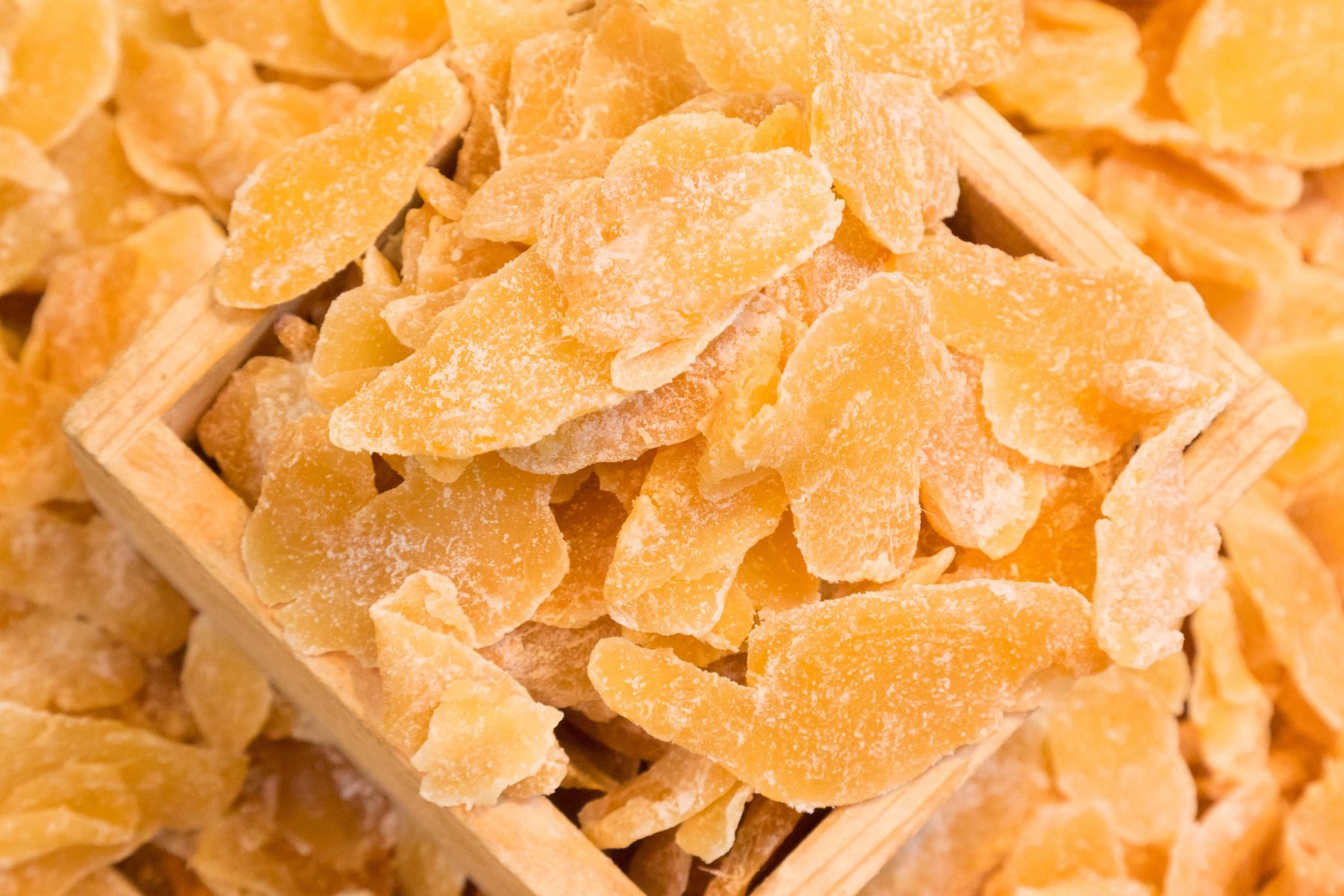
How to Dehydrate Mango
Whether using a food dehydrator, 0/2–7, an oven, 2/5–10, or an air fryer, 1/4–16, the dehydration process remains straightforward. Arrange the mango pieces, 0/2–7, in a single layer on dehydrator trays, 0/2–4, or a baking sheet lined with parchment paper, 0/1–2.
Expert Tips for Optimal Results
For perfect dried mango slices, 1/6–25, ensure the mango pieces are evenly spaced to prevent sticking. Set your dehydrator or oven to a low temperature, 0/4–7, to slowly remove moisture and maintain the natural sweetness. This process guarantees a chewy texture, 0/2–4, reminiscent of store-bought dried mangoes without added sugar.
Choosing the Right Appliance
While air fryers are an unconventional choice, they offer a quicker dehydration option, 1/4–16. Regardless of your chosen method, always refer to your appliance's manual for specific instructions to avoid under or over-drying.
Determining Mango Dryness
Ensuring your dried mangoes, 2/6–25, reach the perfect dryness is a crucial step in the mango drying process. Follow these visual and tactile indicators to guarantee your snack's optimal texture and flavor.
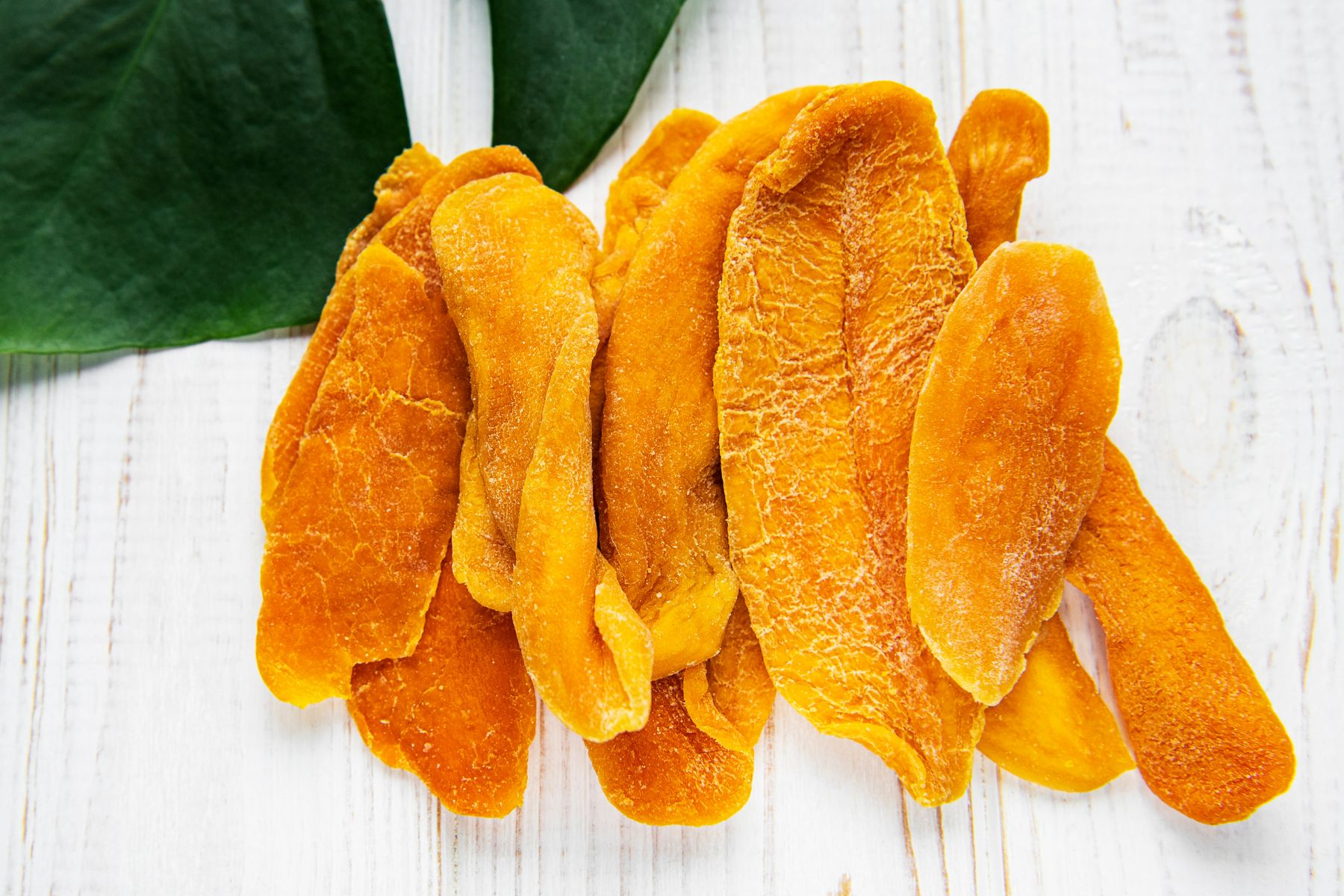
Visual and Tactile Indicators
As the dehydration process progresses, keep a keen eye on the mango slices, 1/14–32. They should appear uniformly shriveled, indicating the removal of moisture. Additionally, touch a few slices to ensure a chewy texture, 0/2–4, reminiscent of store-bought dried mangoes.
Ensuring Proper Dehydration
For that perfect chewiness, 0/2–4, check the larger pieces, 0/1, as they may take longer to dry. The goal is to achieve a longer shelf life, 0/1–2, without sacrificing the delicious, natural sweetness. With a sharp knife, 0/1–2, cut into a few slices to assess the moisture level.
Mango Dryness: A Culinary Art
Determining when your mangoes are done is both an art and a science. It's about balancing moisture removal with preserving the delicious, ripe flavor. Once satisfied with the texture and appearance, your dried mango slices, 1/6–25, are ready to be stored for future snacking or added to your favorite recipes.
Storage Tips for Dried Mangoes
Preserving the freshness of your meticulously dried mango slices, 1/6–25, is key to enjoying their tropical goodness over time. Follow these storage tips to ensure your chewy delights stay as delicious as the day they were dehydrated.
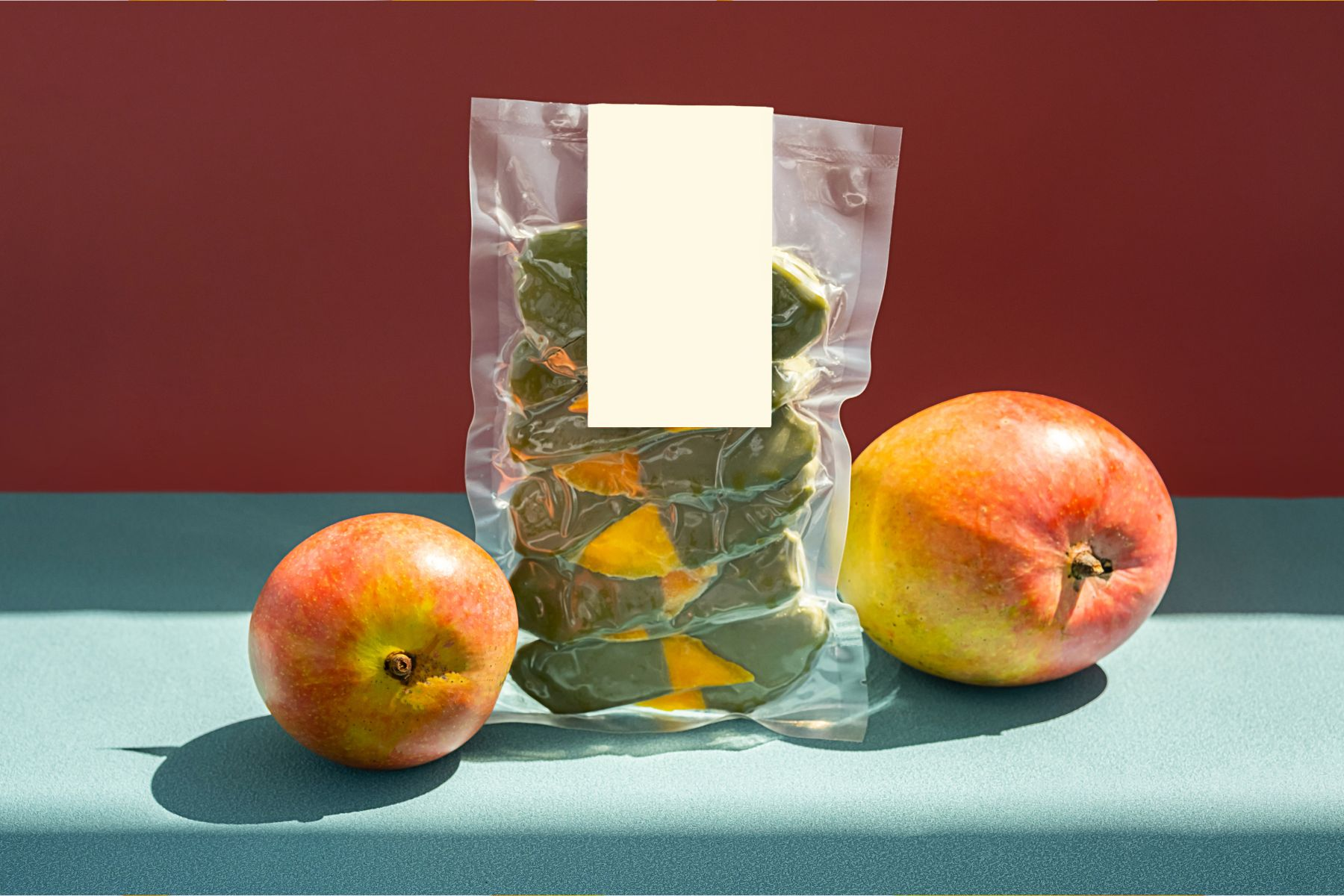
Best Practices for Longevity
For extended shelf life, 0/2–3, transfer your dried mangoes to an airtight container, 0/2–4, immediately after the dehydration process. This prevents moisture absorption and ensures your mango slices remain chewy, 0/2–4, for weeks to come.
Container Options and Considerations
Choose a container that accommodates the quantity of dried mangoes you have. Vacuum sealing, 1/2–4, is an excellent option for larger batches, 0/1–2, providing an extra layer of protection against moisture and external odors. Additionally, store your container in a cool, dark place, 0/1–3, to maintain the flavor and quality of your dried mangoes.
Refrigeration vs. Room Temperature
While refrigeration may offer an extra layer of protection, it's not strictly necessary for preserving dried mangoes. When stored in a cool, dark place, 0/4–7, your mango slices will maintain their chewy texture, 0/2–4, and delicious flavor for an extended period.
Creative Uses for Dried Mango
Your dried mango slices, 1/6–25, aren't just a snack—they're a versatile ingredient that can elevate your culinary creations. Explore these creative ways to incorporate the tropical flavor of dried mangoes into your dishes.

Snacking Ideas
Enjoy your dried fruit, 2/2–6, as a standalone treat or mix them with nuts and seeds for a healthy, on-the-go snack. Their chewy texture, 0/2–4, and natural sweetness make them a delightful alternative to store-bought options.
Culinary Applications
Add a burst of flavor to your favorite recipes by incorporating dried mango slices. Chop them into smaller pieces and toss them into salads for a tropical twist, or rehydrate them for use in sauces and glazes. The versatility of dried mangoes, 1/6–25, adds a unique touch to both sweet and savory dishes.
Incorporating into Recipes
Experiment with dried mango slices in your baking endeavors. From muffins to cookies, their natural sweetness enhances the overall flavor profile. Consider blending rehydrated mango slices into smoothies for a refreshing, tropical kick.
Dried Mango Chips: A Crunchy Delight
For a different texture, consider creating dried mango chips, 1/1–2. Slice your dried mangoes thinly and dehydrate them further for a satisfyingly crunchy snack that retains the tropical flavor you love.
Exploring Dried Mango Recipes
Your dried mango slices, 1/6–25, are not only a delightful snack but also a versatile ingredient that can elevate your culinary creations. Let's explore a delectable dried mango recipe that brings out the tropical goodness in every bite.
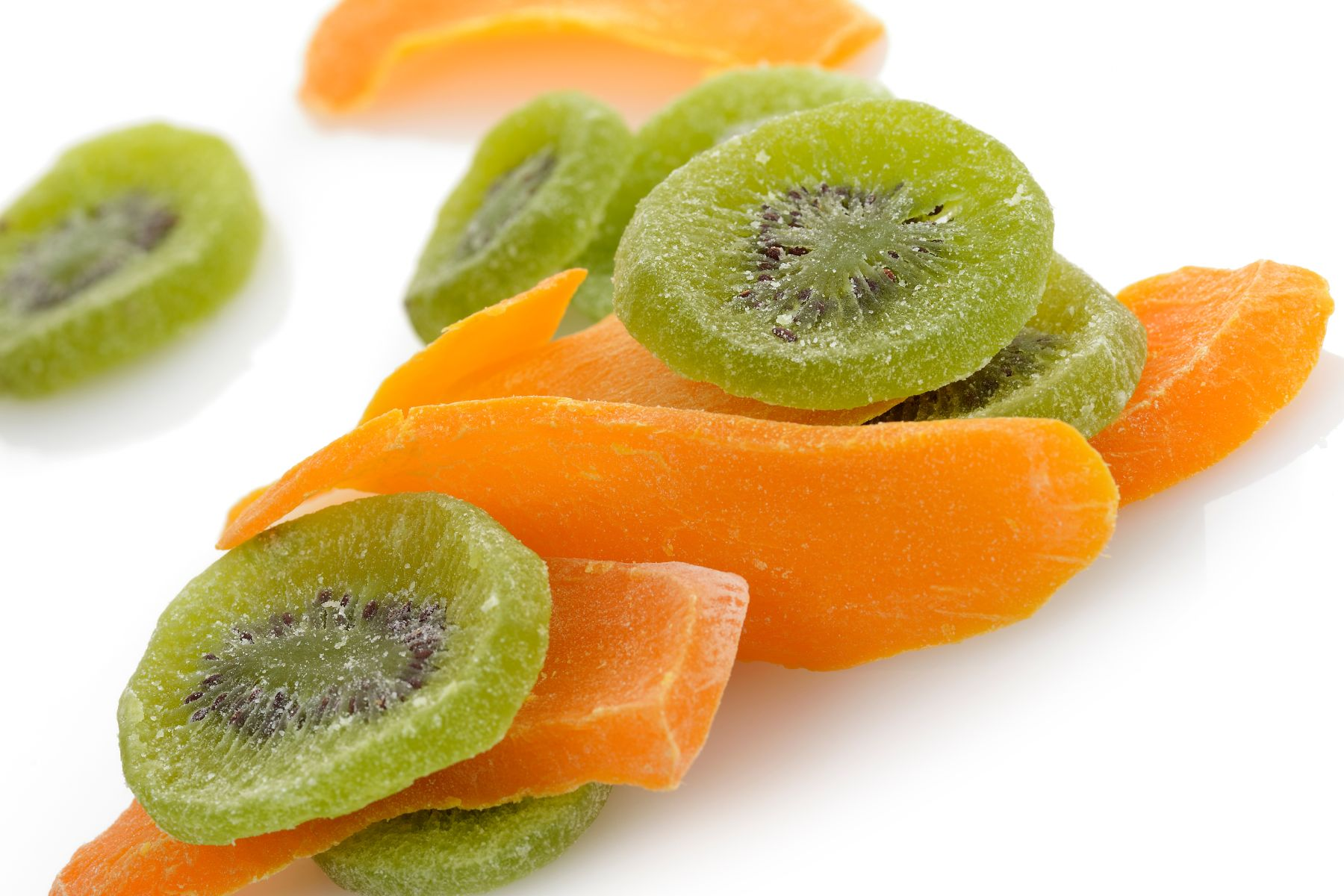
Delectable Dried Mango Slices Recipe
Ingredients:
-
Freshly dehydrated mango slices, 1/6–25
-
Your favorite nuts (almonds, cashews, or pistachios), 1/6–9
-
Dark chocolate chunks, 1/5–10 (optional)
-
Coconut flakes, 1/8–18 (optional)
Instructions:
-
Prepare the Mango Slices:
-
Ensure your dried mango slices are at their chewy best, 0/2–4.
-
Cut larger pieces, 0/1, into smaller, bite-sized portions.
-
-
Mix with Nuts:
-
Combine your dried mango slices with a handful of your favorite nuts, 1/6–9. This adds a satisfying crunch to the mix.
-
-
Optional: Add Chocolate Chunks and Coconut Flakes:
-
For an extra layer of indulgence, include dark chocolate chunks, 1/5–10 (optional), and coconut flakes, 1/8–18 (optional). These additions complement the tropical flavor of the dried mangoes.
-
-
Toss and Enjoy:
-
Gently toss the ingredients together until evenly distributed. Your delectable dried mango and nut mix is now ready to be enjoyed as a snack or dessert.
-
Feel free to get creative with this recipe. Consider incorporating your dried mango slices into yogurt parfaits, cereal bowls, or trail mix for a burst of natural sweetness. The possibilities are endless when you have chewy, flavorful dried mangoes at your disposal.
Health Benefits of Dried Mango
Beyond being a delicious treat, your dried mango slices, 2/6–25, offer a plethora of health benefits that make them a smart addition to your snacking repertoire. Let's delve into why indulging in this tropical delight can contribute to your overall well-being.
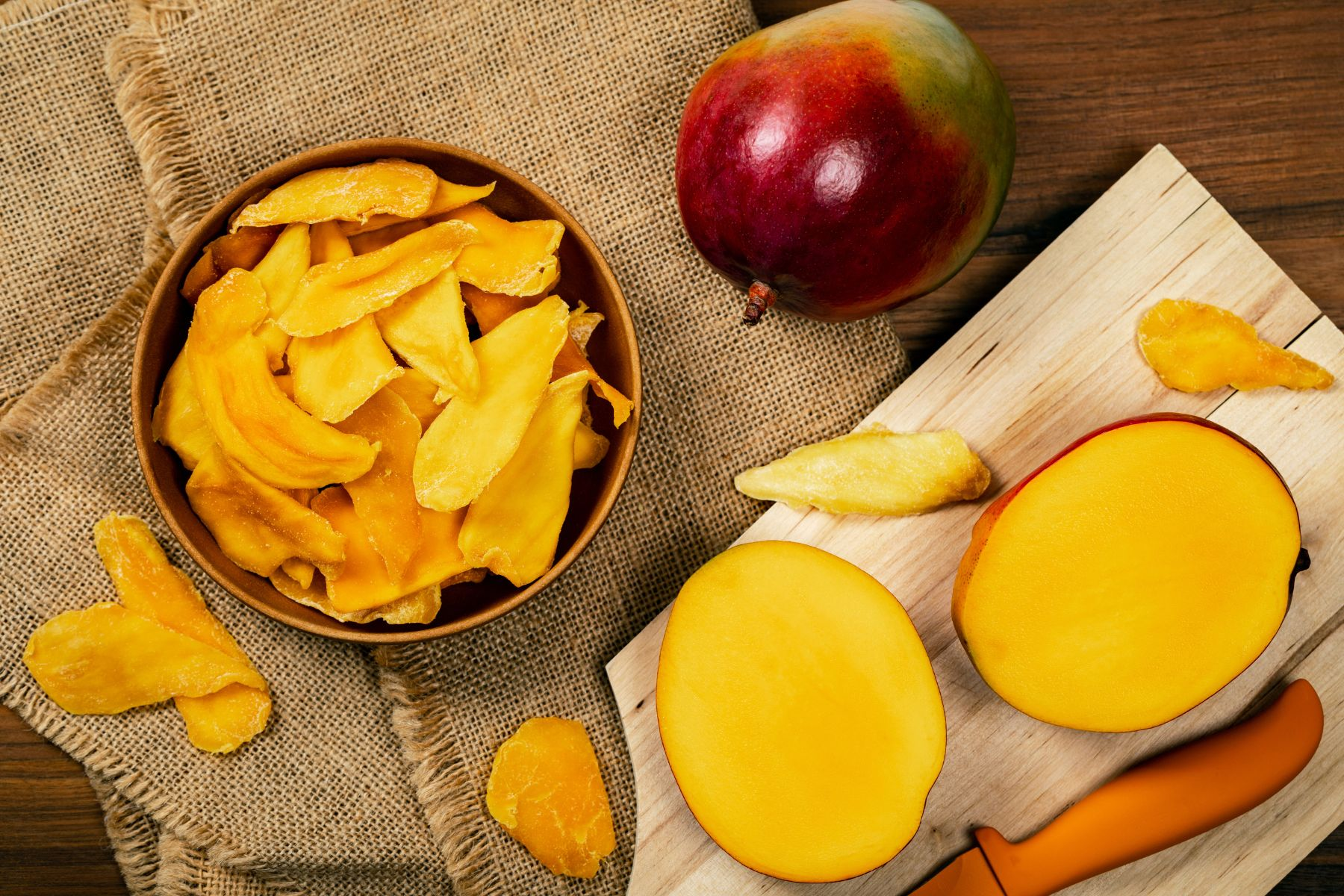
Nutritional Advantages
Dried mangoes, 2/2–6, retain the nutritional goodness of fresh mangoes. They are a rich source of vitamins, including A and C, and essential minerals such as potassium. These nutrients play a crucial role in supporting immune function, 1/2–4, and promoting healthy skin.
Natural Sweetness without Added Sugar
Unlike many store-bought snacks, dried mango slices, 1/6–25, offer a natural sweetness without the need for added sugar. This makes them a guilt-free option for those looking to satisfy their sweet tooth while maintaining a healthy diet, 0/1–4.
Fiber for Digestive Health
Dried mangoes, 2/2–6, are packed with dietary fiber. This aids in digestion, 0/3–9, and promotes a feeling of fullness, making them an excellent choice for a satisfying and healthy snack.
No Added Preservatives
When you make your own dried mangoes, you have control over the ingredients. By avoiding store-bought options with added preservatives, you're opting for a purer, 0/1–2, and more natural snacking experience.
Versatility in Healthy Eating
Incorporate dried mango slices into your daily meals for a tropical twist. Add them to salads, yogurt, or oatmeal for a burst of natural sweetness, or enjoy them on their own as a healthy snack, 0/1–4.
Conclusion
Your journey from ripe mangoes to chewy delights is complete. Quick recap:
-
Mango Basics: Choose Ataulfo or Kent for sweetness.
-
Prepping: Treat frozen or fresh mangoes with lemon juice for color.
-
Dehydration: Even spacing, low temperatures for perfect chewiness.
-
Storage: Airtight containers in cool, dark places for lasting freshness.
-
Creativity: Snack on dried mango or experiment in recipes.
-
Health Benefits: Packed with vitamins and guilt-free sweetness.
-
Expert Tips: Space out pieces, get creative with flavors.
Your homemade dried mango slices, 1/6–25, offer a taste of the tropics. Enjoy the simplicity and satisfaction of crafting your own healthy treats. Happy snacking!

